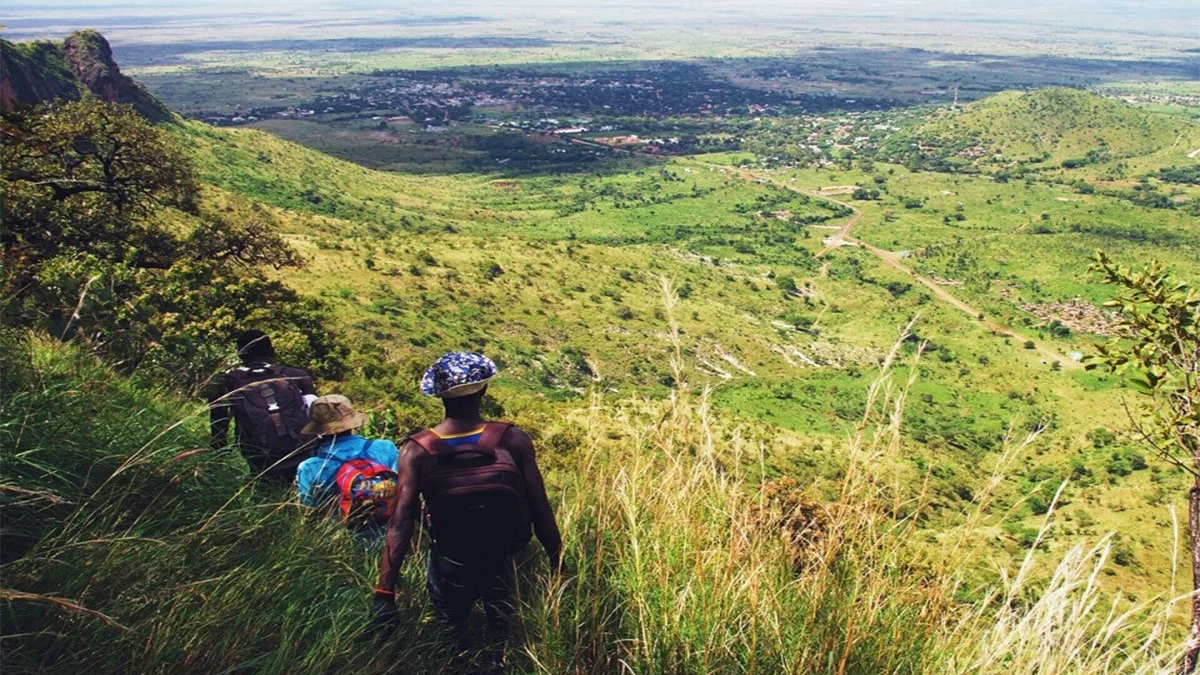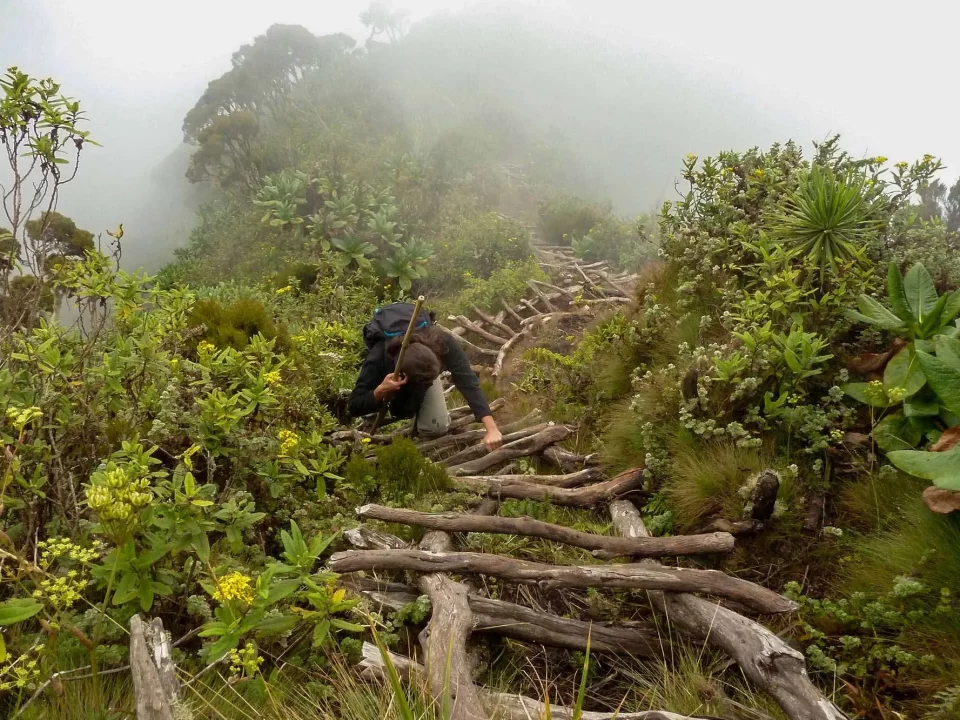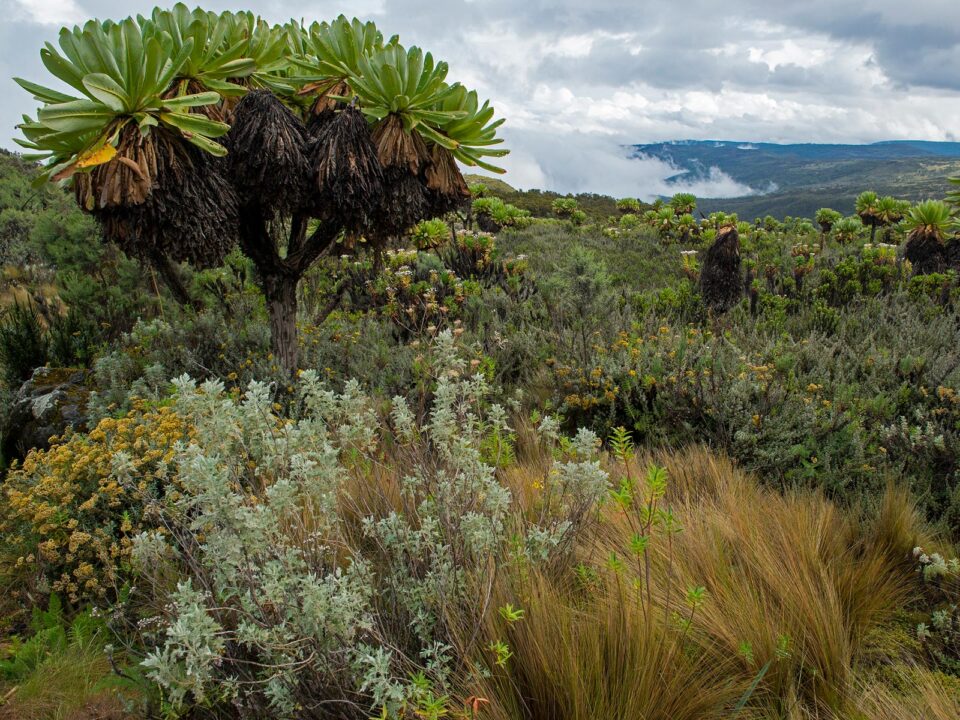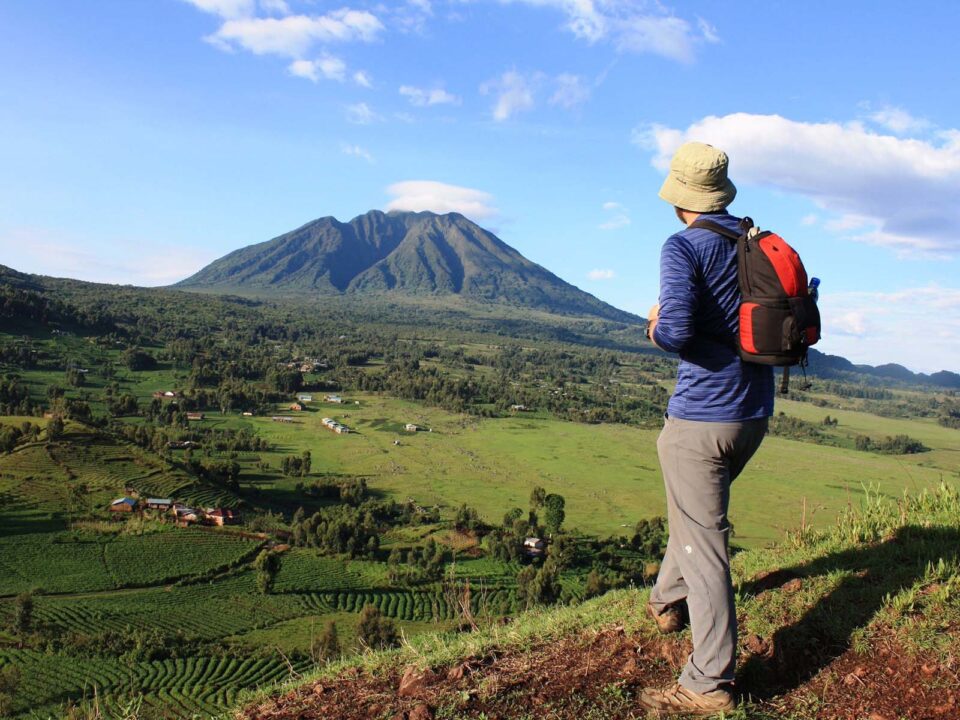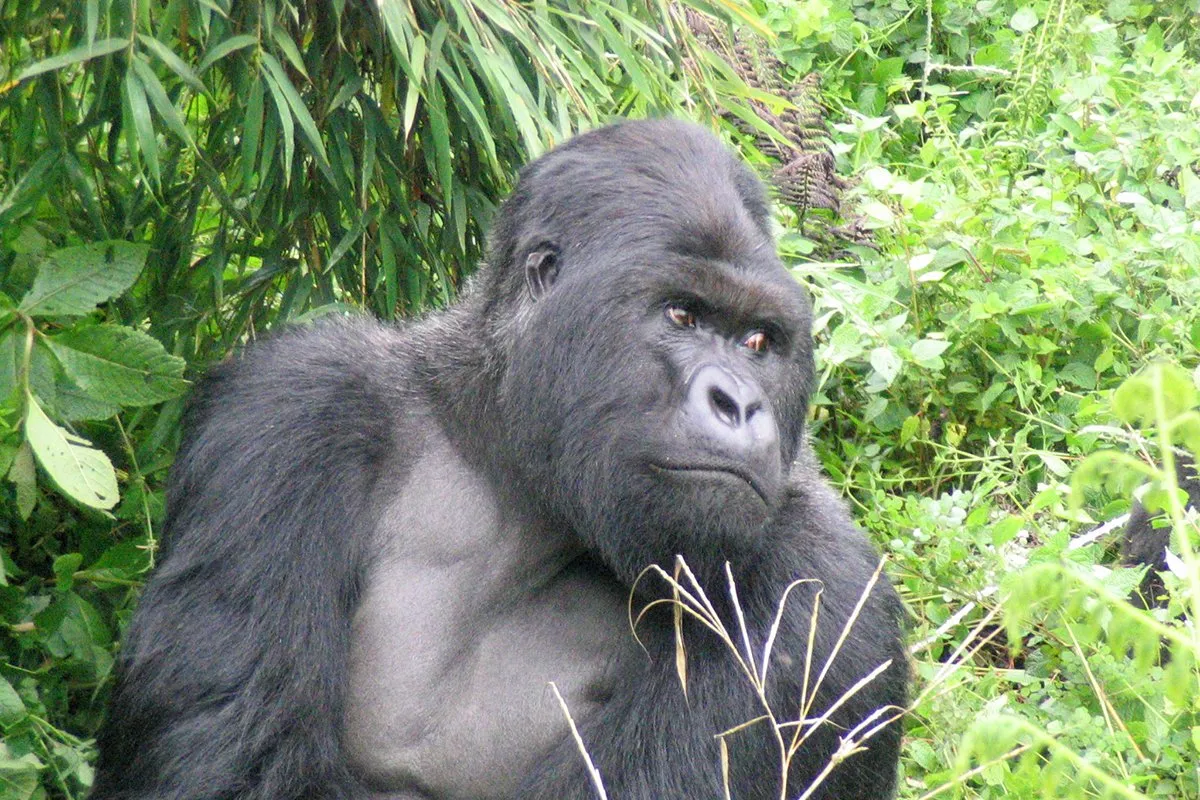
A Guide to Filming Mountain Gorillas
February 5, 2024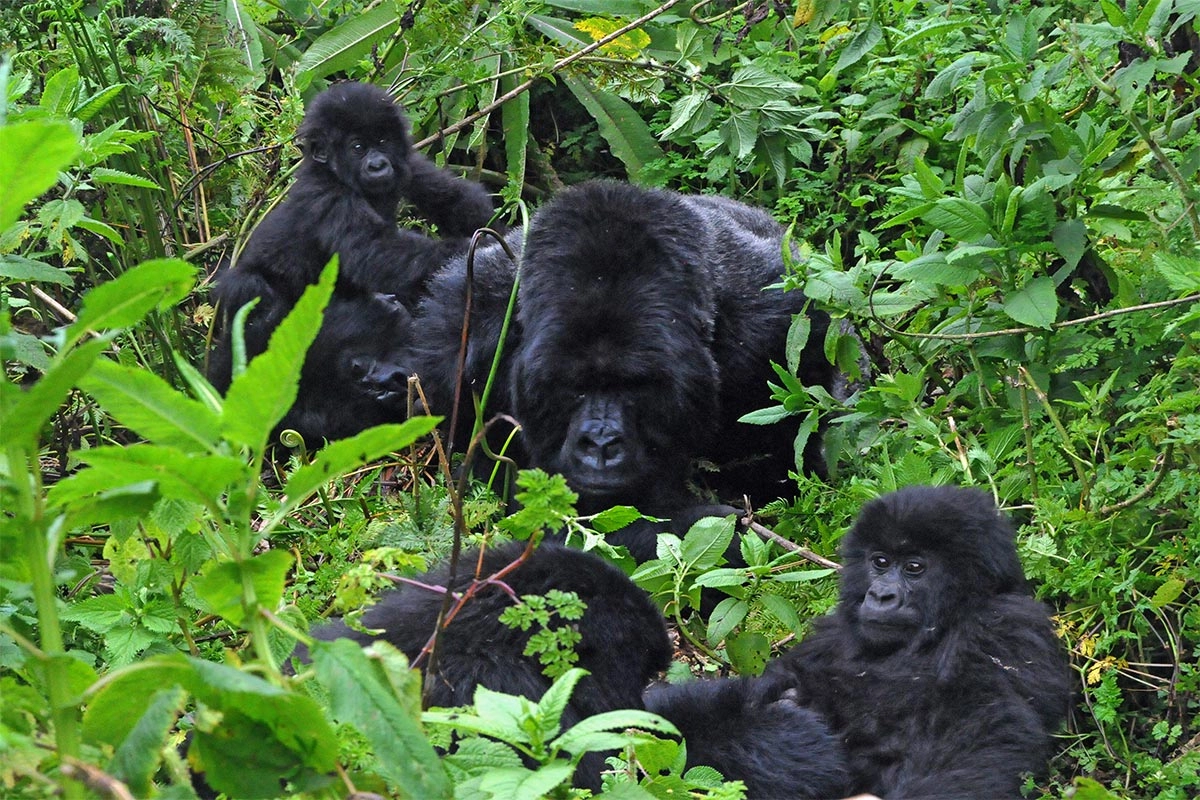
Habituated Gorilla Families in Uganda
February 5, 2024Embarking on the Heights: Climbing Mountain Moroto in the Enchanting Karamoja Region
Undertaking the adventure of climbing Mountain Moroto unfolds a captivating journey in the heart of the Northern region of Uganda. Located in Moroto district, Karamoja, this majestic mountain stands approximately 3 kilometers east of Moroto’s central business district. Situated within a chain of volcanoes along Uganda’s border with Kenya, which commences with Mount Elgon in the south, the range includes Mount Kadam and Mount Morungole. A pristine haven, the region surrounding Mount Moroto is designated as a forest reserve, safeguarding diverse habitats ranging from arid thorn savanna to dry montane forest. Pinpointing the coordinates reveals its location at 2°31’30.0″N, 34°46’21.0″E (Latitude: 2.5250; Longitude: 34.7725).
The allure of Moroto extends beyond the mountain itself. The surrounding mountain ranges provide a mesmerizing backdrop to this unique district. Moroto is distinguished not only by its semi-arid climate but also by the pastoralist lifestyle of the locals. The Karamojong people, with their distinctive dress, culture, and lifestyle, echo the charm of tribes like the Masai of Kenya and Tanzania, standing out as one of the most captivating tribes in Africa.
Ascending the Heights: A Journey up Mount Moroto
The nature reserve enveloping Mount Moroto spans 483 square kilometers (119,000 acres) and boasts a rich biodiversity, featuring over 220 bird species, monkeys, and wild cats. Established climbing trails facilitate exploration, with knowledgeable mountain guides available to enhance the experience.
For a successful ascent, hikers must be equipped with essential items, including:
- Quality Hiking Boots
- A Quality Backpack
- A Hands Watch
- Sun-Glasses
- A Long Pair of Thick Socks
- Long Sleeved Shirts and Long Pants for protection from thorns along the hiking trail
- Sunscreen for skin protection, especially during extreme heat (between December-February)
- A Hat or Cap to shield from the intense sun
- Plenty of Drinking Water (at least 2 liters)
- Oranges, Chocolate Bars, and Salty Snacks for replenishing nutrients lost during the hike
- Altitude Sickness Tablets (e.g., Diamox and Acetazolamide) for those prone to altitude sickness
- A Sleeping Bag, Tent, and Beddings (for overnight stays)
- A Head Torch for nighttime visibility
- A Camera/Phone Camera to capture breathtaking views
- A Fully Charged Power Bank
- Toilet Paper, Wet Wipes, Hand Sanitizer, Face Towel, Toothpaste & Brush
- A Small Cooking Stove, Utensils, and Easy-to-Prepare Meals (for overnight stays)
- A Trash Bag to collect litter, promoting environmental conservation
- Small Quantities of Salt, Soap, and Biscuits for gestures of goodwill towards local communities
Accommodation is readily available at the Tapac Monastery, where a warm welcome awaits from Father Hans, Father Jimmy, and Brother Paulinas, ensuring hikers settle in comfortably.
Beyond Peaks: Nurturing the Land
The slopes of Mountain Moroto give rise to natural springs, forming streams and small rivers. The World Food Program has taken a commendable initiative to teach the Karamojong people how to harvest and store water, utilizing it for irrigation to cultivate agricultural produce for both household sustenance and income generation. This convergence of nature, culture, and sustainable practices makes climbing Mountain Moroto a holistic experience, contributing to the well-being of both the environment and the local communities.

